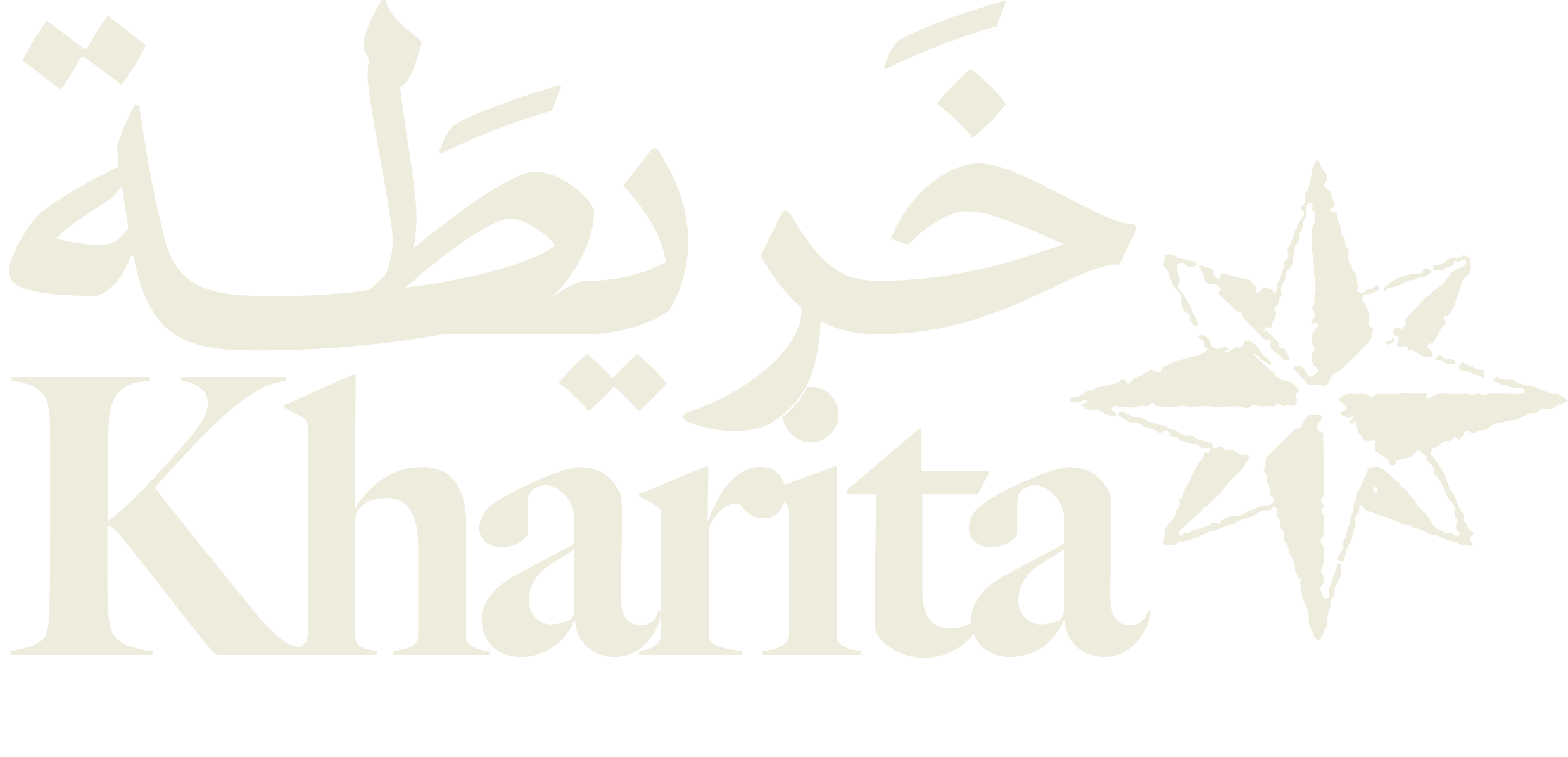In early 2025, a rapid escalation of fighting occurred in the eastern Democratic Republic of the Congo (DRC). The M23 (“Mouvement du 23 Mars”), having occupied large areas in North and South Kivu for years. In January 2025, they captured the city of Goma, a key regional hub on the Rwandan border[1]. This event resulted in between 900 and 2000 deaths [2]. This dramatic escalation is the latest in a long series of militia attacks since the late 1990s.
Mainly, they fight for territory and precious natural resources in eastern Congo. The Armed Forces of the DRC (FARDC), supported by the United Nations Organization Mission for Stabilization in the DRC (MONUSCO) and Southern African Development Community (SADC) forces, have attempted to contain the M23 advance. Still, the rebels took control of areas with valuable natural resources, especially important mining sites [3].
Map 1: Area influenced by M23, January 2025. (source : IPIS)
The Congolese government and Western powers accused Rwanda of militarily supporting the M23. Kigali has firmly denied this accusation [4]. Since then, diplomatic tensions have escalated, and each country accuses the other. Unexpectedly, on June 27, the DRC and Rwanda signed a comprehensive peace agreement in Washington. This agreement raises “cautious optimism”[5] that the Great Lakes Region could finally know de-escalation. The agreement’s purpose is to unite Congo and Rwanda, clarifying Rwanda’s before denied role.
Indeed, it is impossible to understand the M23 without considering Rwanda’s involvement [6]. A July 2025 Reuters report, citing a UN expert group, confirmed that “Rwanda has exercised command and control over M23 rebels (…)” [7]. So what’s this agreement all about? How does it bring together two troubled nations? And more importantly: What role does Rwanda play in all of this?
A Troubled Past
These recent events remind us that the ties shared by the DRC and Rwanda are deeply rooted in a complex and tumultuous history[8]. After the 1994 genocide, North Kivu, South Kivu, and other border regions have often served as a refuge for Rwandan populations [9]. Hundreds of thousands of Hutus fled to eastern Congo. Among them were also those responsible for the genocide, further destabilizing the region.
As Hutu troops and militias fled Rwanda, they established bases in the DRC, not controlled by the government in Kinshasa [10]. In response, the Rwandan Patriotic Front (RPF) entered the DRC in 1996 to disperse the Hutu forces. Ugandan units, aiming to secure their borders, soon followed. This intervention quickly escalated into a broader attempt to overthrow Mobutu’s regime in Kinshasa [11]. Laurent Kabila was installed in May 1997. Congolese nationalism then forced him to expel the invaders. Nevertheless, he was no more capable than Mobutu of controlling violence at the border[12].
Map 2: Movements and numbers of refugees since April 1994, August 1994. (source: UNHCR)
In 1998, Rwanda and Uganda invaded again. This time, other African states, particularly Angola and Zimbabwe, sent troops to defend the Kabila regime[13]. It was the second Congo War. The conflict claimed more than 5.4 million victims[14]. Congo controlled the invasion, but the Rwandans, along with the Ugandans, still profited from the war. Alliances with politicians and warlords in Congo were made, eager to drive out Kabila.
In 1999 and 2000, the Congo was thus divided by a line running from northwest to southeast. All parties financed their operations by exploiting mineral resources. A United Nations survey estimated that, in 1999 alone, Rwanda made some $320 million from its activities in the Congo[15]. International mediators obtained a ceasefire agreement in August 1999. This agreement was only implemented in January 2001 after the assassination of Laurent Kabila.
Map 3: Estimate of territory held by factions in 2001 to 2003 (source: Wikipedia). Note: On one side, Rwanda and Uganda, joined by Burundi, support rebel groups like the Congolese Rally for Democracy (RCD) and the Movement for the Liberation of Congo (MLC). On the other side, Kabila’s allies (Angola, Zimbabwe, Chad, Namibia, and Sudan)
In December 2002, a transitional government was formed. It lasted until the elections of 2006, which Kabila’s son won. Rwanda officially withdrew, but maintained its interests in eastern Congo. A lot of local violence continued in this region, where there was fierce competition for land. Rwanda’s interest in continued instability in the region was particularly dangerous.
In Africans: The History of a Continent, John Iliffe confessed, “In terms of civilian casualties, the Congolese War was probably the most devastating that Africa had ever experienced. »[16]
A Fragmented Region
After the Second Congo War, the area experienced several waves of renewed armed mobilization. The first wave took place from 2009 to 2011, and the second started a year later. A period of calm began at the end of 2012 but was short-lived, as a third wave began at the end of 2015 and still lasts today[17]. These waves are linked to the changing drivers of armed mobilization, also affecting the modus operandi of the armed groups. According to an analysis published in the Insecure Livelihoods Series, the drivers include both “more self-interested motives, such as career advancement and revenue generation, and more political ones, related to protecting one’s community, grievances over past violence, and local conflicts”[18].
Due to the motivations and desires of the warlords and following the alliances with governments and civilians, many factions emerged. In total, these regions face violence from more than a hundred armed groups. Among them, the M23, the FDLR, the ADF, and the Codeco.
The 2025 Goma offensive marked a high point. M23 seized large territories in North and South Kivu, leading to the rapid displacement of the population.
Rwanda: Guardian Of Chaos
Rwanda has often been called into question for the aid it allegedly provided to the M23 and has long denied the issue. In reality, it is impossible to understand the M23 without considering the role of Rwanda[19]. As the 2025 UN experts report highlighted, “Rwanda has exercised command and control over M23 rebels (…)”, and has deployed “high-tech systems capable of neutralizing air assets”, giving the rebels “a decisive tactical advantage” over the Armed Forces of the DR Congo (FARDC) and the UN Mission for Stabilization in the DR Congo (Monusco)[20]. Reports also highlighted that Rwanda’s support included three to four thousand ground troops.
Since 2016, gold has been Rwanda’s main export product [21]. The country though, possesses virtually no national gold resources. The exported gold, therefore, largely comes from the DRC. The same applies to other resources, such as coltan. A recent UN report revealed that the M23 facilitates the delivery of 120 tons of coltan per month to Rwanda[22].
Rwanda’s strategy is based on a refusal to resolve the long-standing problem of the more than 200,000 Rwandan refugees who remain in Congo. As noted by N. I. Sinamenye in an analysis published on July 7, 2025, in Foreign Policy:
“Rwanda’s role in weakening Congo perpetuates a state of chronic instability. It systematically incapacitates Congo’s political authorities and prevents the emergence of a strong state capable of asserting control over its territory and resources.”[23]
The Path To True De-escalation?
The current crisis in eastern Congo is not a detached event. It is the result of long-standing historical trauma and unresolved issues. All mixed with an intense struggle for control over natural resources. The role of Rwanda — both as a security actor and an economic actor—remains central to understanding the persistence of violence.
Despite the obvious pursuit of national interests, international mediation is in a good dynamic. The Washington Accord, backed by the US, Qatar, and the African Union, represents a rare and fragile moment of alignment. However, this progress remains precarious. If there isn’t continued focus, honest trade, and real cooperation, the same problems that caused years of conflict could return. Any lasting peace will require facing these realities, and not just signing agreements under pressure.
Sources
[1] Kupemba, D. N., Cursino, M. (2025, January 27). DR Congo conflict: Fighting rages on in Goma as M23 rebels and army clash. https://www.bbc.com/news/articles/c0qwlkydxxko ; Conflict in the Democratic Republic of Congo | Global Conflict Tracker. (n.d.). Global Conflict Tracker. https://www.cfr.org/global-conflict-tracker/conflict/violence-democratic-republic-congo
[2] Reuters Staff. (2025, February 4). As Goma ceasefire largely holds, Congo rushes to bury bodies from rebel offensive. Reuters. https://www.reuters.com/world/africa/east-congo-city-goma-rushes-bury-bodies-after-rebel-offensive-2025-02-04/ As the article says, the variation between the U.N. and Congo’s death tolls “was unclear”.
[3] Judith Verweijen et Christoph Vogel, Why conflict mineral narratives don’t explain the M23 rebellion in DR Congo, The New Humanitarian, 11 février 2025, [hyperlien], consulté le 16 mars 2025
[4] Madowo, L., Nicholls, C., Nimi Princewill, & Dean, S. (2025, February 3). Rwanda’s president says he doesn’t know if his country’s troops are in DRC. CNN. https://edition.cnn.com/2025/02/03/africa/rwanda-kigame-troops-dr-congo-intl
[5] Sinamenye, N. I. (2025, July 7). Rwanda and Congo’s Unstable Peace. Foreign Policy. https://foreignpolicy.com/2025/07/07/rwanda-congo-peace-agreement-war/
[6] Kristof Titeca. (2025, January 28). RD Congo-Rwanda. Une guerre aux racines multiples – Parti pris. Afrique XXI. https://afriquexxi.info/RD-Congo-Rwanda-Une-guerre-aux-racines-multiples
[7] Nichols, M. (2025, July 2). Exclusive: Rwanda exercises command and control over M23 rebels, say UN experts. Reuters. https://www.reuters.com/world/africa/rwanda-exercises-command-control-over-m23-rebels-say-un-experts-2025-07-02/ According to the article, “the report was submitted to the U.N. Security Council sanctions committee for Congo in early May and is due to be published shortly”. See also, Eastern DRC: M23 obeys Rwanda’s orders, latest UN report reveals – The Africa Report.com. (2019). The Africa Report.com. https://www.theafricareport.com/387301/eastern-drc-m23-obeys-rwandas-orders-latest-un-report-reveals/
[8] Iliffe, J. (2007). Africans: THE HISTORY OF A CONTINENT, Cambridge University, Second Edition.
[9] GIC Network (2021). The Ruzizi Plain, p. 17. https://www.gicnetwork.be/wp-content/uploads/2021/03/2020-GIC-The-Ruzizi-Plain-1.pdf
[10] Iliffe, p. 308.
[11] Ibid.
[12] Ibid.
[13] Ibid.
[14] Coghlan B; Brennan RJ; Ngoy P; et al. (2006). “Mortality in the Democratic Republic of Congo: a nationwide survey” (PDF). Lancet. 367 (9504): 49. doi:10.1016/S0140-6736(06)67923-3. Archived. See also, Les Roberts & others (2001) Mortality in eastern Democratic Republic of Congo: Results from Eleven Mortality Surveys (PDF) Archived (Report) International Rescue Committee ; Soderlund, W. C., Briggs, E. D., Najem, T. P., & Roberts, B. C. (2013). Africa’s deadliest conflict: Media Coverage of the Humanitarian Disaster in the Congo and the United Nations Response, 1997–2008. Wilfrid Laurier Univ. Press.
[15] Iliffe, p. 310.
[16] Iliffe, p. 309.
[17] Verweijen, J., Twaibu, J., Abedi, O., & Ntababarwa, A. (2020). A CROSSROADS OF CONFLICT AND VIOLENCE The Ruzizi Plain. Online : https://www.gicnetwork.be/wp-content/uploads/2021/03/2020-GIC-The-Ruzizi-Plain-1.pdf
[18] Verweijen, J., Twaibu, J., Abedi, O., & Ntababarwa, A. (2020). A CROSSROADS OF CONFLICT AND VIOLENCE The Ruzizi Plain, p. 48. https://www.gicnetwork.be/wp-content/uploads/2021/03/2020-GIC-The-Ruzizi-Plain-1.pdf
[19] Kristof Titeca. (2025, January 28). RD Congo-Rwanda. Une guerre aux racines multiples – Parti pris. Afrique XXI. https://afriquexxi.info/RD-Congo-Rwanda-Une-guerre-aux-racines-multiples
[20] Nichols, M. (2025, July 2). Exclusive: Rwanda exercises command and control over M23 rebels, say UN experts. Reuters. https://www.reuters.com/world/africa/rwanda-exercises-command-control-over-m23-rebels-say-un-experts-2025-07-02/ According to the article, “the report was submitted to the U.N. Security Council sanctions committee for Congo in early May and is due to be published shortly”. See also, Eastern DRC: M23 obeys Rwanda’s orders, latest UN report reveals – The Africa Report.com. (2019). The Africa Report.com. https://www.theafricareport.com/387301/eastern-drc-m23-obeys-rwandas-orders-latest-un-report-reveals/
[22] Kristof Titeca. (2025, January 28). RD Congo-Rwanda. Une guerre aux racines multiples – Parti pris. Afrique XXI. https://afriquexxi.info/RD-Congo-Rwanda-Une-guerre-aux-racines-multiples
[23] Sinamenye, N. I. (2025, July 7). Rwanda and Congo’s Unstable Peace. Foreign Policy. https://foreignpolicy.com/2025/07/07/rwanda-congo-peace-agreement-war/
About The Atlas
The Atlas is a blog by Kharita, dedicated to exploring topics in geography, history, and geopolitics, without the typical Western spin. We aim to offer fresh, grounded perspectives and welcome contributions from writers around the world, representing a diverse range of experiences and backgrounds.
عن الأطلس
الأطلس هو مدونة تابعة لـ خريطة، مخصصة لطرح مواضيع في الجغرافيا، والتاريخ، والجغرافيا السياسية، من غير الفلترة أو التحيز الغربي المعتاد. هدفنا هو تقديم رؤى جديدة وواقعية، وبنرحب بمقالات من كُتّاب من مختلف أنحاء العالم، بخلفيات وتجارب متنوعة.


